New images of Jupiter’s polar auroras, captured by the Juno spacecraft, revealed the full cycle of intense and unusual polar light displays.
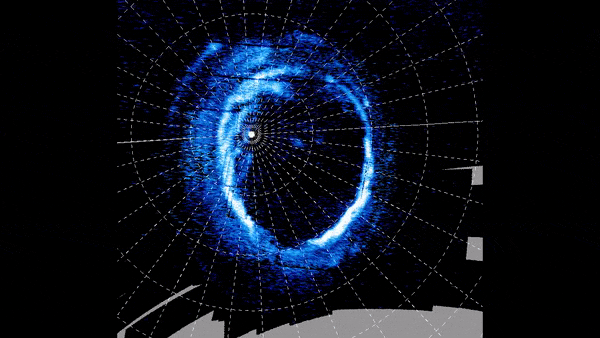



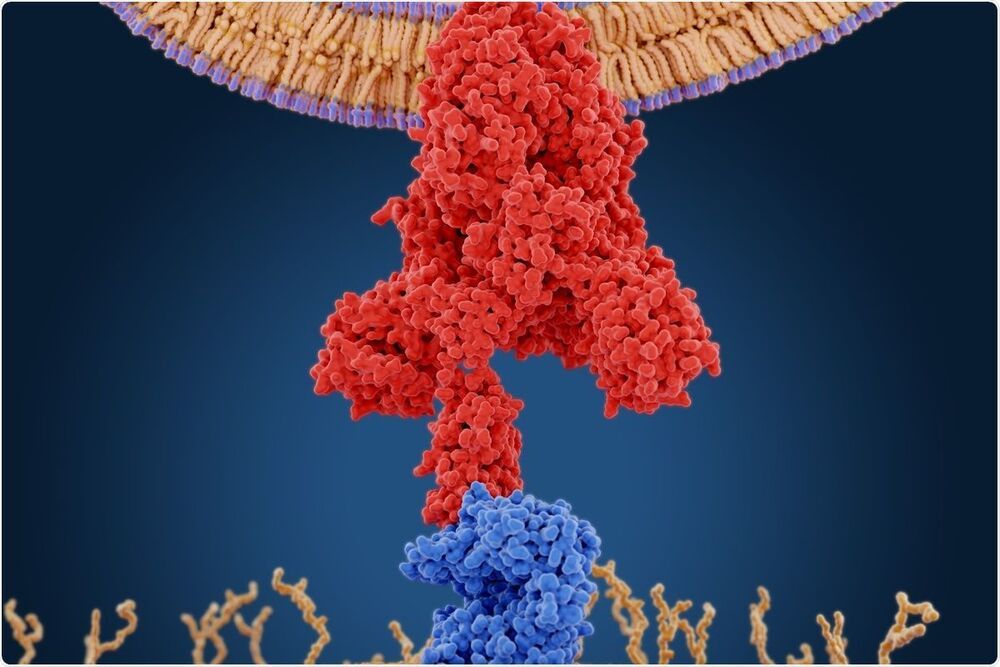
“The furin cleavage site consists of four amino acids PRRA, which are encoded by 12 inserted nucleotides in the S gene. A characteristic feature of this site is an arginine doublet. This insertion could have occurred by random insertion mutation, recombination or by laboratory insertion. The researchers say the possibility of random insertion is too low to explain the origin of this motif. Surprisingly, the CGGCGG codons encoding the two arginines of the doublet in SARS-CoV-2 are not found in any of the furin sites in other viral proteins expressed by a wide range of viruses. Even within the SARS-CoV-2, where arginine is encoded by six codons, only a minority of arginine residues are encoded by the CGG codon. Again, only two of the 42 arginines in the SARS-CoV-2 spike are encoded by this codon — and these are in the PRRA motif. For recombination to occur, there must be a donor, from another furin site and probably from another virus. In the absence of a known virus containing this arginine doublet encoded by the CGGCGG codons, the researchers discount the recombination theory as the mechanism underlying the emergence of PRRA in SARS-CoV-2.”
The ongoing pandemic of coronavirus disease 2019 (COVID-19), caused by the severe acute respiratory syndrome coronavirus 2 (SARS-CoV-2), has largely defied attempts to contain its spread by non-pharmaceutical interventions (NPIs). With the massive loss of life and economic damage, the only way out, in the absence of specific antiviral therapeutics, has been the development of vaccines to achieve population immunity.
A new study on the Preprints server discusses the origin of the furin cleavage site on the SARS-CoV-2 spike protein, which is responsible for the virus’s relatively high infectivity compared to relatives in the betacoronavirus subgenus.
Substantial transmission of SARS-CoV-2 infection occurred in the population of Wuhan in December 2019 with most cases reported in the second half of that month. Many early reported cases were associated with Huanan Market, indicating that it was one of the focus of the transmission. Nevertheless, transmission was also occurring elsewhere in Wuhan at the same time.
It is not possible on the basis of the current epidemiological information to determine how the SARS-CoV-2 was introduced into the Huanan Market. Substantial transmission of SARS-CoV-2 infection occurred among the population of Wuhan in December 2019.
While some of the early cases had an association with the Huanan Seafood Market, others were associated with other markets and other cases have no market association at all. It is likely that Huanan Seafood Market acted as a focus for transmission of the virus, but there are also transmissions appearing to have the occurrence elsewhere in Wuhan at the same time. This is our basic judgment. It is not possible on the basis of the current information to determine how SARS-CoV-2 was introduced into the Huanan Market.
The third part of my introduction will be the research of the animal environment group, the third group of our joint mission. Coronaviruses that phylogenetically relate to SARS-CoV-2 have been identified in different animals, including horseshoe bats and pangolins. Sampling of bats in Hubei Province, however, has failed to identify evidence of SARS-CoV-2-related viruses and sampling of wildlife in different places in China has so far failed to identify the presence of SARS-CoV-2.
Publicaciones de la organización mundial de la salud.

April 2020…
Daszak says the China bat sampling project has already racked up quite a number of successes. The team and its collaborators at the Wuhan Institute of Virology have collected about 15000 samples from bats. From these they have already identified about 400 wholly new coronaviruses. About 50 of those fall into a category that caused the 2002 outbreak of severe acute respiratory syndrome, or SARS, and, now, the COVID-19 pandemic.
The researchers were also able to demonstrate that at least some of the new bat coronaviruses they have found are capable of infecting a human cell in a petri dish. Then the team sampled the blood of people in China who live near various bat caves. They found evidence that for some time now, these bat coronaviruses have been spilling over into the human population.
Updated on May 1 at 10:50 a.m. ET
The U.S. government has suddenly terminated funding for a years-long research project in China that many experts say is vital to preventing the next major coronavirus outbreak.
The project was run by a U.S. nonprofit called EcoHealth Alliance. For more than a decade, the group has been sending teams to China to trap bats, collect samples of their blood, saliva and feces, and then check those samples for new coronaviruses that could spark the next global pandemic. The idea is to identify locations that need to be monitored, come up with strategies to prevent spillover of the virus into human populations and get a jump on creating vaccines and treatments. Already the project has identified hundreds of coronaviruses, including one very similar to the virus behind the current outbreak.
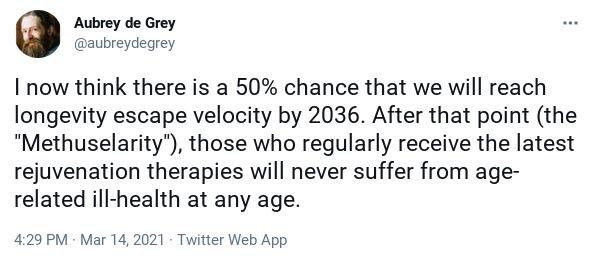
Biomedical gerontologist Aubrey de Grey, who’s Chief Science Officer of the SENS Research Foundation, is now predicting a 50% chance that people will begin retaining their youthful state via advanced science and technologies by the year 2036.
This is roughly around the same timeline that The Last Generation to Die is based on. Nailed it (hopefully)!
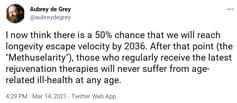
who’s Chief Science Officer of the SENS Research Foundation, is now predicting a 50% chance that people will begin retaining their youthful state via advanced science and technologies by the year 2036.
This is roughly around the same timeline that The Last Generation to Die is based on. Nailed it (hopefully)!
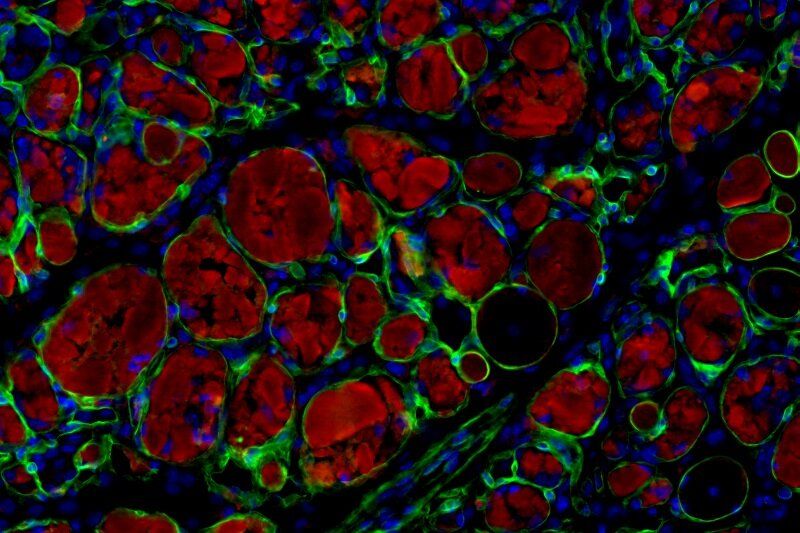
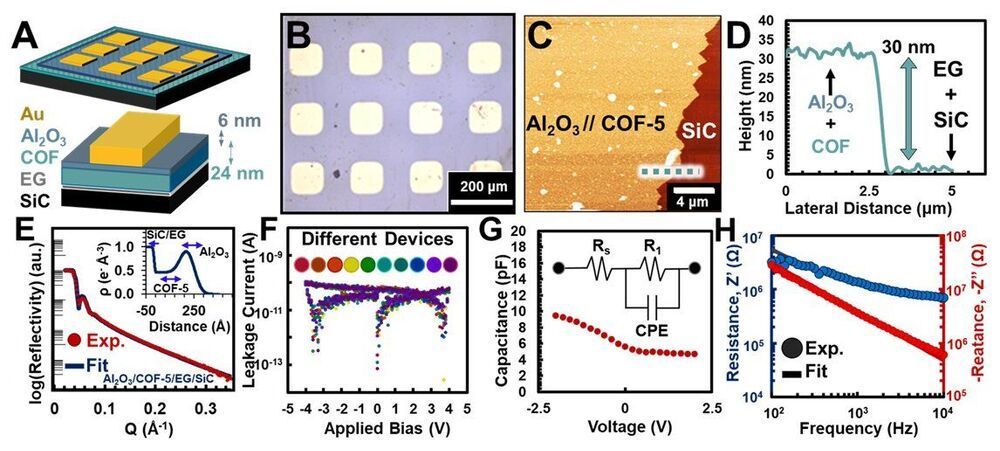
Progress in the field of integrated circuits is measured by matching, exceeding, or falling behind the rate set forth by Gordon Moore, former CEO and co-founder of Intel, who said the number of electronic components, or transistors, per integrated circuit would double every year. That was more than 50 years ago, and surprisingly his prediction, now called Moore’s Law, came true.
In recent years, it was thought that the pace had slowed; one of the biggest challenges of putting more circuits and power on a smaller chip is managing heat.
A multidisciplinary group that includes Patrick E. Hopkins, a professor in the University of Virginia’s Department of Mechanical and Aerospace Engineering, and Will Dichtel, a professor in Northwestern University’s Department of Chemistry, is inventing a new class of material with the potential to keep chips cool as they keep shrinking in size—and to help Moore’s Law remain true. Their work was recently published in Nature Materials.